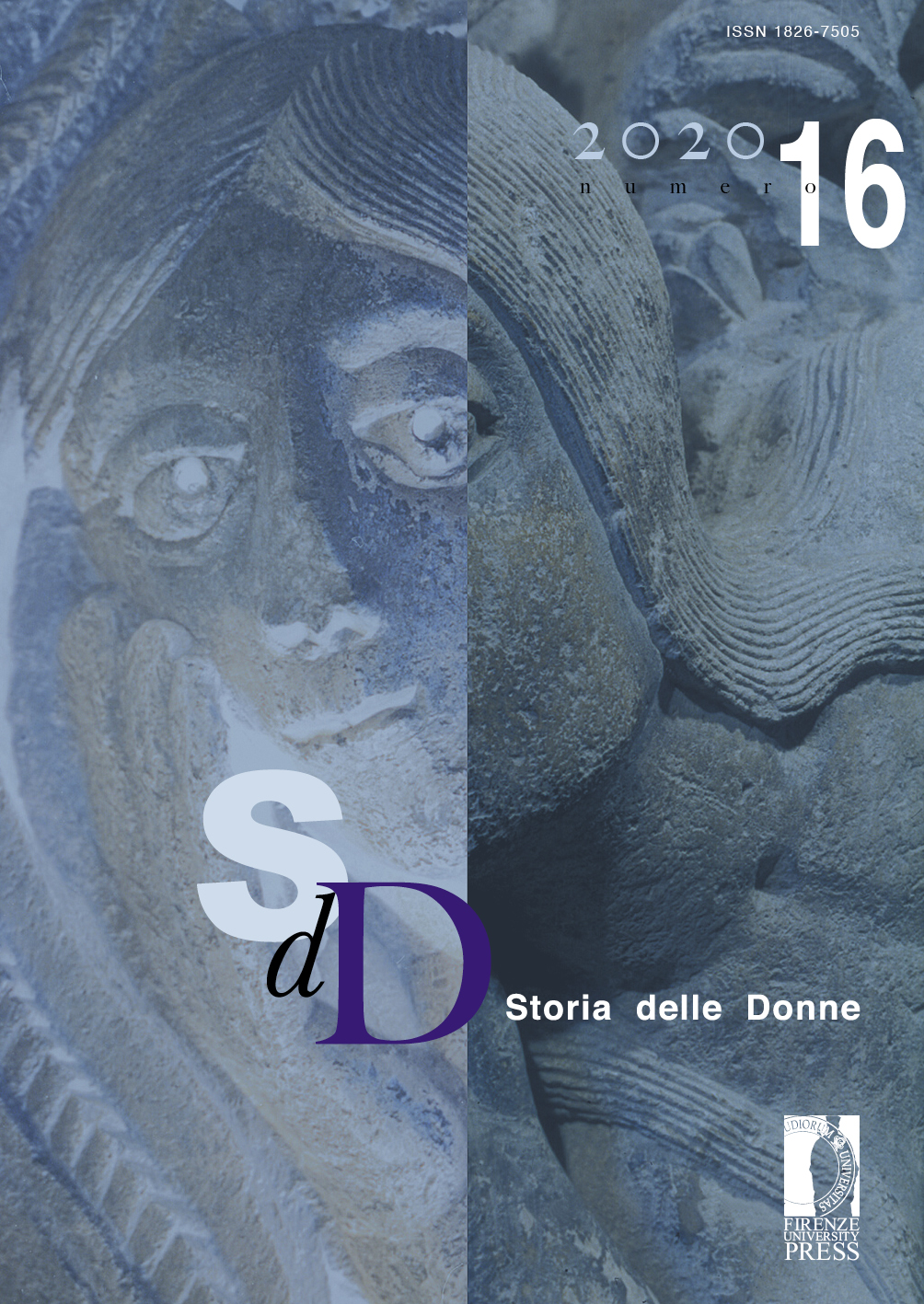Published 2021-07-07
Keywords
- gynnis,
- women and men,
- tragic and comic theater,
- society
How to Cite
Abstract
The essay starts from the figure of the poet-gynnis, Agatone, with whom Aristophanes opens the Thesmophoriazusae’s seemingly conventional plot, that heightened the men/women historically binary opposition in the Athenian polis. The elusive and metamorphic figure of the effeminate-asexual poet, who explicitly recalls an Aeschilean representation of Dionysus, the god of the theatre, strongly confirms the familiarity of Aristophanes with the Orphic-Dionysian sphere also attested in his masterpiece The Birds and in Plato’s Symposium. Aristophanes’ attention for the reasons of this line of thought, an alternative to the dominant thought in the city, has obvious implications of political and social criticism towards the historically established order and, at the same time, poses the topic of theatre and poetry. The gynnis is a poet’s ambiguous portrait and, in this particular comedy, it also questions the reasons and working of dramatization between mimesis and fantastic deformation.


